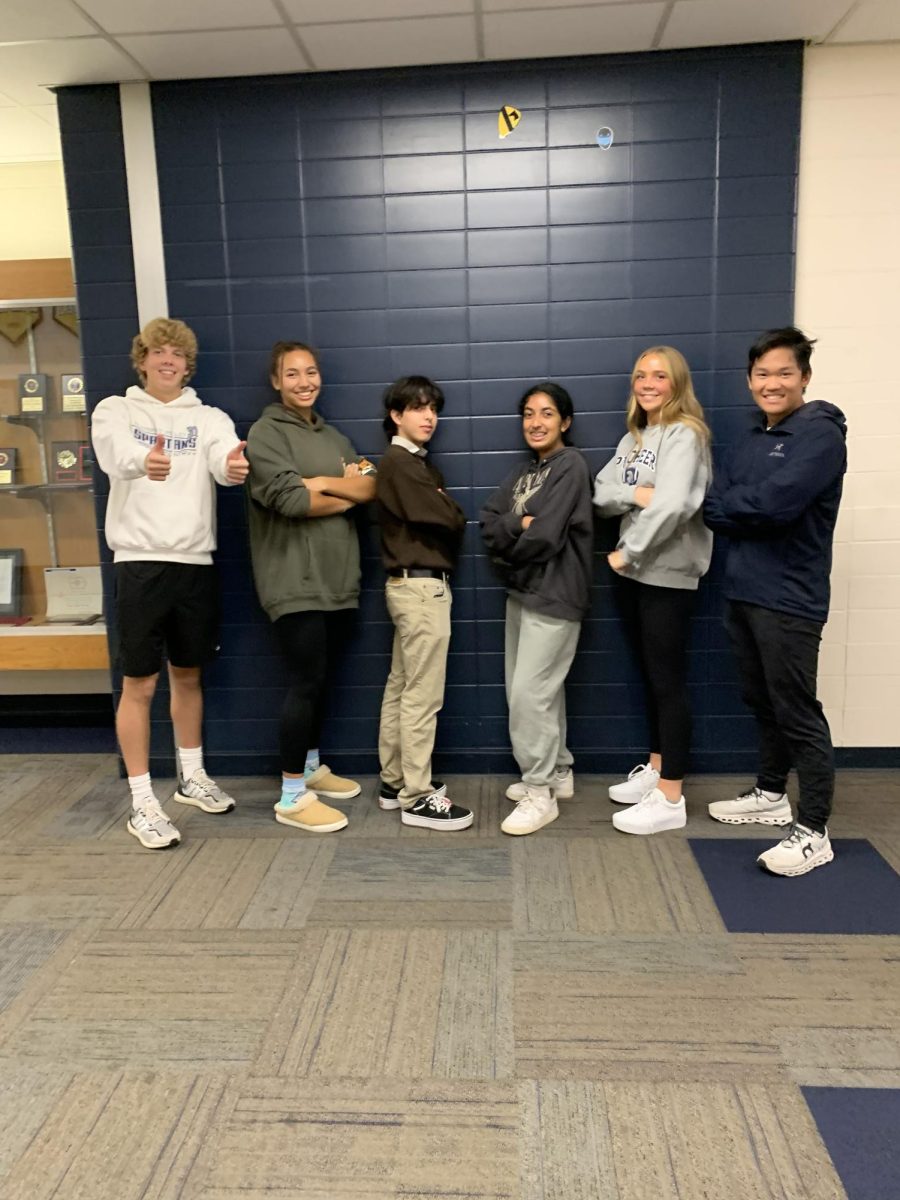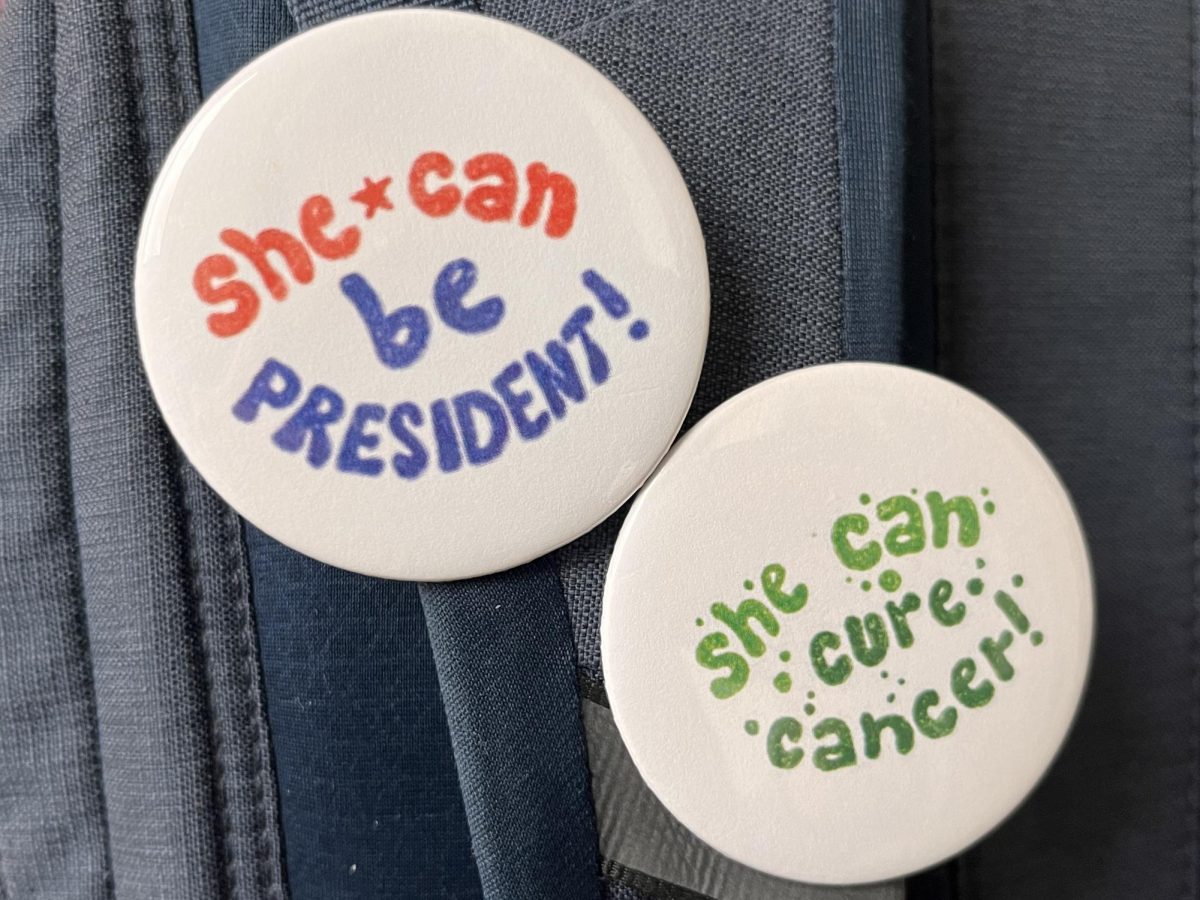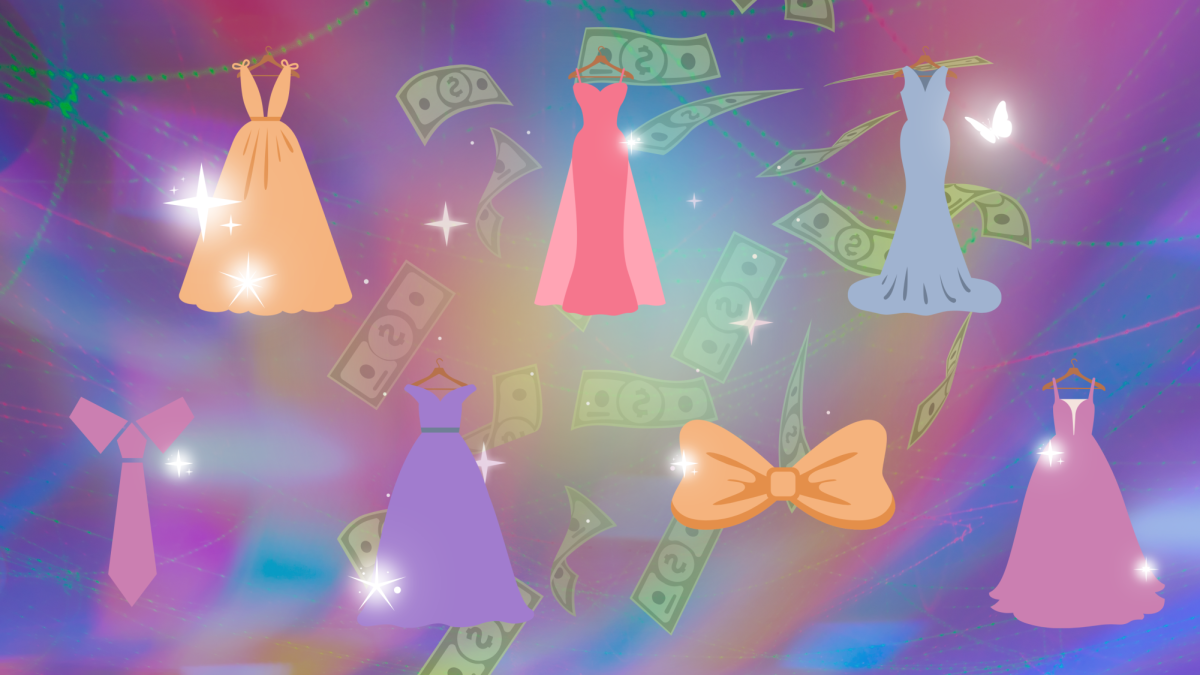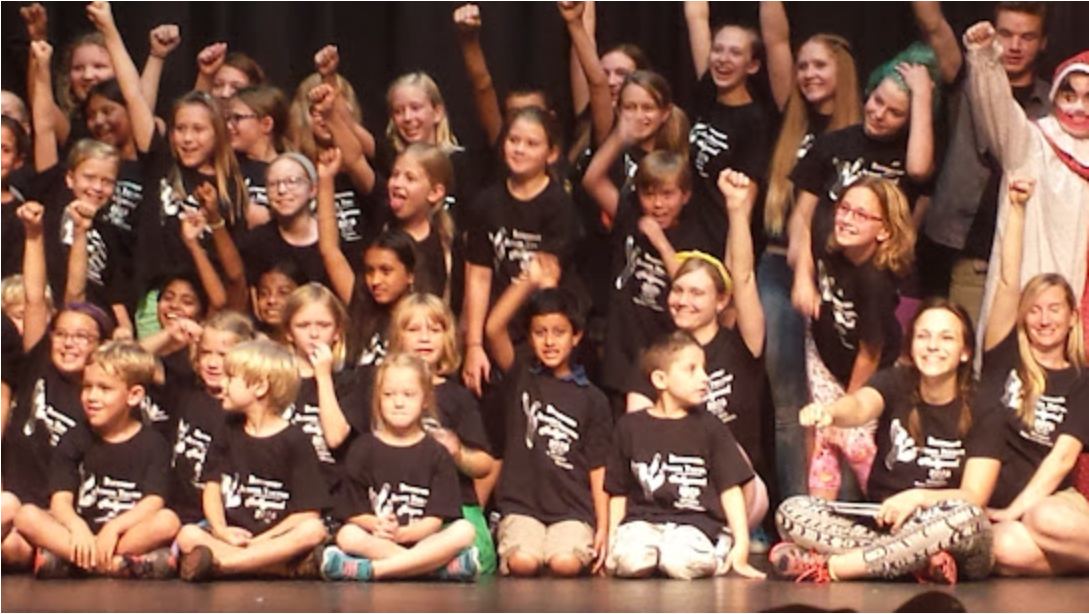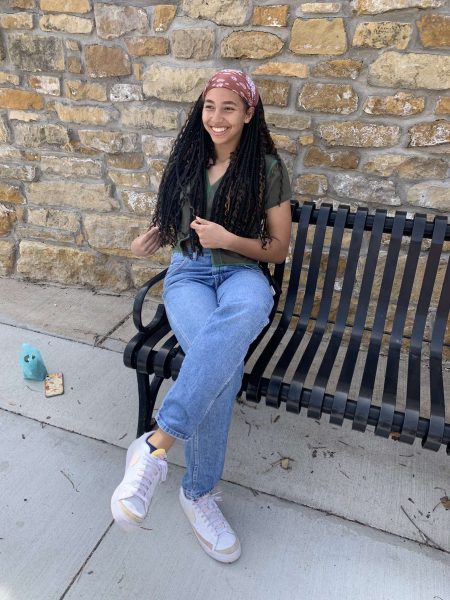The elusiveness of Hollywood left marginalized kids in the dark with no one they can truly relate to. Society has begun to progress and supposedly accept diversity; however, many have begun to question if the diversity they see on screen is sincere or another box for filmmakers to check off.
“{F}orced diversity is often used in a derogatory way to criticize the attempt to represent social diversity,” stated psychiatrist Valeria Sabater, who questioned filmmakers’ attempts to create diversity in order to represent marginalized audiences.
Diversity in the entertainment business brought up the question: Is the diversity forced or is the show simply diverse?
Although that question can lead to different answers depending on the person, people have begun to interpret diversity as an attack on the oppressed.
When Hollywood tries to please the modern audience, they try to make marginalized people play roles that were originally made for an established white person. This had become prevalent with the release of the live action Disney movie, “The Little Mermaid.”
Reverse race casting had created a diversion in movie watchers. Some people believed a black Ariel was a good example for little black girls, while others believed “there are hundreds of stories of real Black princesses Disney isn’t making films about.”
Instead of releasing films of African princesses that would educate young black girls about their culture and provide actual representation, Disney decided to race-reverse cast an already established white character in order to please the modern audience.
Knowing when diversity is forced or not comes down to how it is shown. If there’s one stereotypical minority character who doesn’t represent the societal norm, then filmmakers are forcing their diversity quota onto the audience.
Forced diversity can create tokenism and perpetuate harmful stereotypes. Many TV shows have showcased the singular stereotypical non-white or non-heterosexual character and ultimately fail at creating a character the marginalized audience can relate to.
Junior Christopher Neely identifies the harmful effects: “They are stereotyped and always have the same exact trope. The gay best friend who has no other storyline than simply being gay,” he expressed.
Filmmakers fail to realize that marginalized people are people too. Homosexual males were not always some eccentric, stylish person and lesbians weren’t always some man-hating witch. As humans, everyone has different characteristics that may not include being the stereotype.
Kurt Hummel from Glee was used as the eccentric gay best friend to the female protagonist for two seasons until he got his own storyline, which mostly included his homosexual relationship.
However, filmmakers have gotten away with this for a while because, as long as the character was being seen in a positive light, no one could say the film was oppressive.
Filmmakers further perpetrated harmful stereotypes that can alienate and disempower the oppressed rather than positively representing them.
Junior Andrew Erickson stated “it’s putting a bad image onto small communities so it’s better to not have it than to have it.”
Most people can agree that implementing a diverse cast was good for representation of the marginalized individuals, but this representation could be oppressive if done incorrectly. When minority tokenism became prevalent in the media, people were already questioning the creation of the specific diverse character.
Filmmakers need to realize they actually need to create a character who happens to be a minority instead of the other way around. Otherwise the character was simply a box to check off rather than an actual representation of a person.








